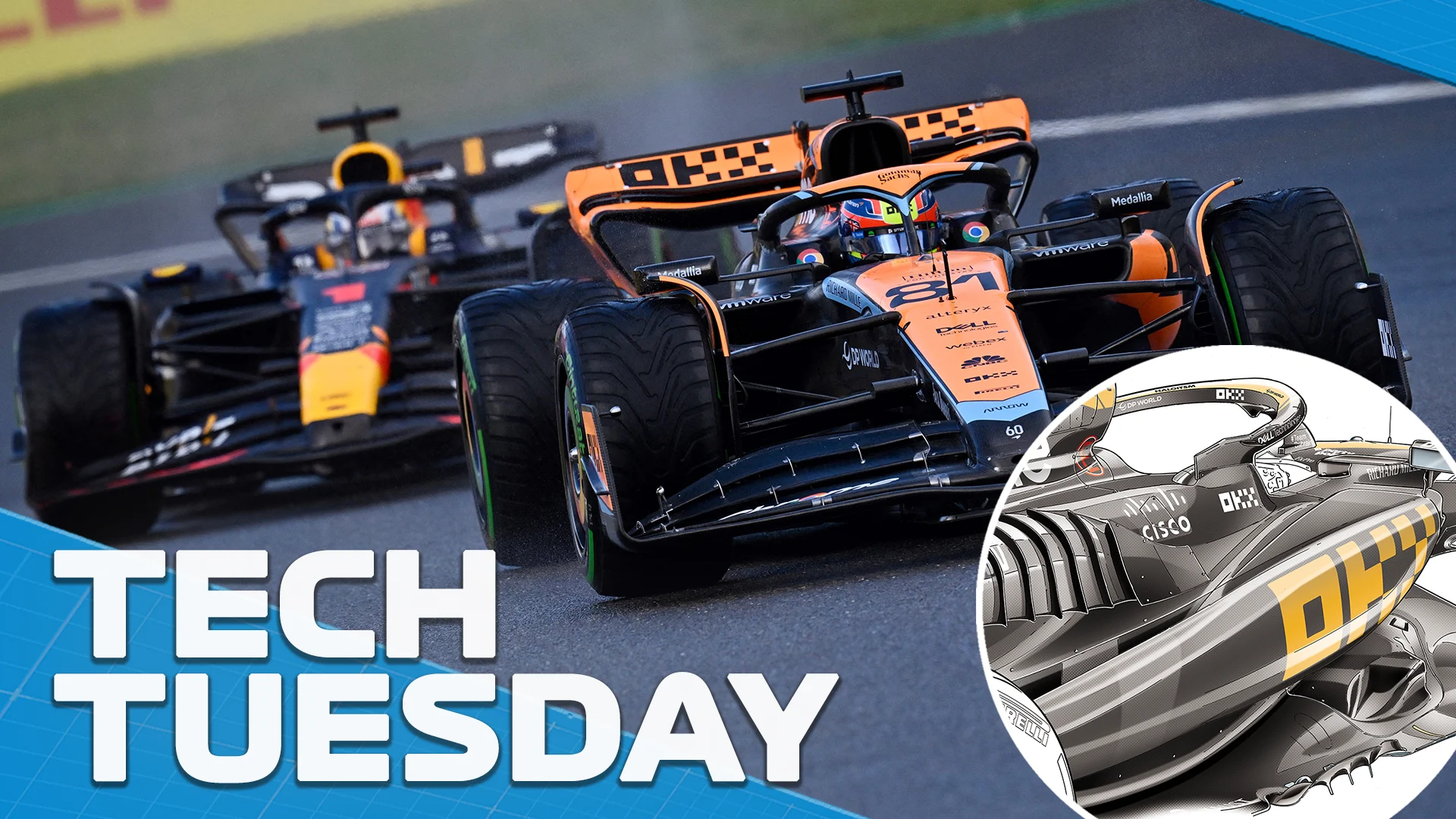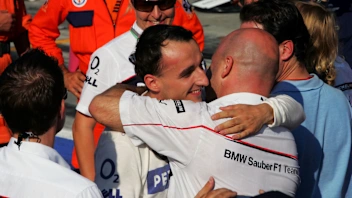TECH TUESDAY: Have McLaren and other teams homed in on Red Bull’s secret ingredient?


McLaren brought a further updated MCL60 to Singapore, but it was that team’s previous big update – in Austria – which seemed to have triggered a light bulb moment in other teams, judging by the very similar updates brought here by Alfa Romeo, Alpine and AlphaTauri.
When McLaren lifted up the forward part of their sidepod – and with it the floor tunnel inlets – with the Austria update, it hit upon probably one of the Red Bull RB19’s secrets and gave the McLaren a huge performance boost.
Next Up
Related Articles
.webp) Winners & Losers5 Winners and 5 Losers from the 2025 season
Winners & Losers5 Winners and 5 Losers from the 2025 season ExclusiveHow APXGP was brought to life by costume designer Julian Day
ExclusiveHow APXGP was brought to life by costume designer Julian Day ExclusiveHow Bearman went from super-sub to star rookie in 2025
ExclusiveHow Bearman went from super-sub to star rookie in 2025 Sauber’s best moments and most memorable liveries in F1
Sauber’s best moments and most memorable liveries in F1 The elite group Norris joins as McLaren World Champion
The elite group Norris joins as McLaren World Champion PalmerJolyon Palmer picks his stand-out performers in 2025
PalmerJolyon Palmer picks his stand-out performers in 2025
